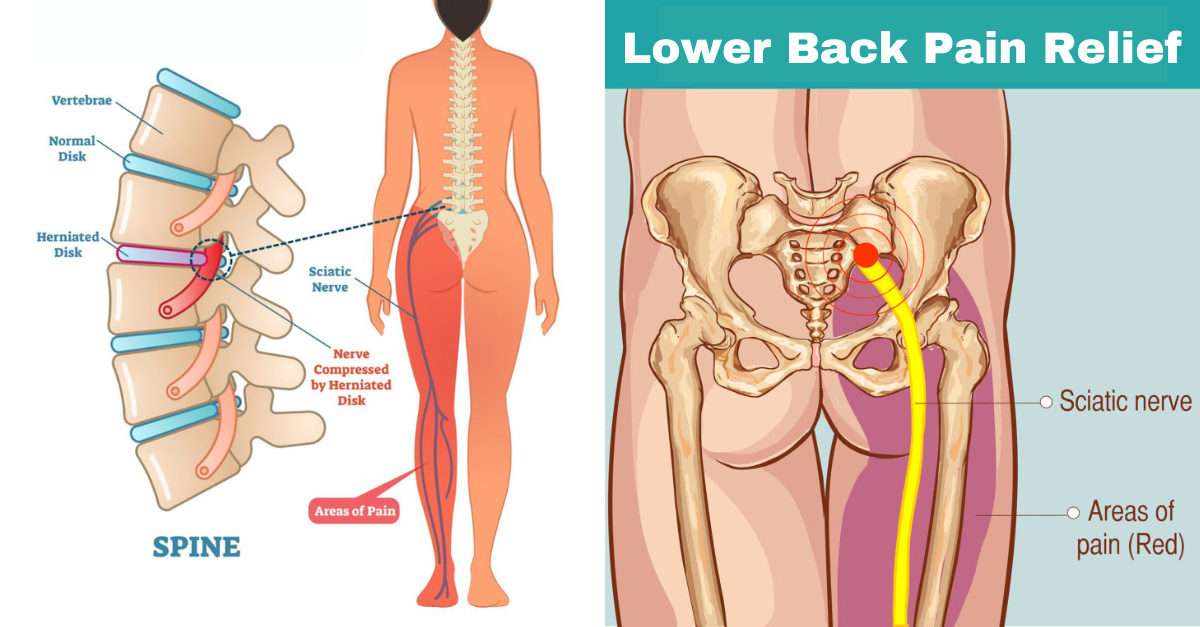Millions of people worldwide suffer from lower back pain, commonly referred to as Lumbago, Hexenschuss, or “witch’s stab.” This discomfort can affect daily activities and diminish one’s quality of life. Read along to discover a natural back pain relief.
Our spine, composed of 33 vertebrae (12 thoracic, 7 cervical, 5 sacral, 5 lumbar, and 4 coccygeal), serves as the backbone of the body. It connects to numerous muscles, ligaments, blood vessels, and nerves, playing a crucial role in maintaining posture and movement. Nerves in the arms and legs are rooted in the spine, and the spinal cord, running through the spinal canal, provides essential support for an upright posture.
Given the mechanical pressures of bending, twisting, lifting, and sitting, the spine is vulnerable to wear and tear over time. Different parts of the spine have varied mobility—such as the high flexibility in the neck and the low flexibility in the thoracic area—which sometimes causes degenerative changes, leading to severe pain.
See also: 22 Warning Signs Your Body Needs Magnesium – And How to Fix It Fast!
Those at higher risk of developing lower back pain include individuals with physically demanding or sedentary jobs, osteoporosis sufferers, people with congenital spine anomalies or injuries, and older adults experiencing natural degeneration of the spine.
A Natural Back Pain Remedy: Comfrey Root
Several studies have revealed that patients with lower back pain benefit significantly from the use of comfrey, a medicinal plant. Comfrey has long, hairy leaves and a large root, similar to a beet, and grows in moist fields, meadows, and along water channels.
Historically, comfrey has been a remedy for various ailments, including joint pain and inflammation. When applied topically as a gel, comfrey effectively relieves pain from joint dislocations and osteoarthritis.
A study conducted at the German Sports University on 120 participants suffering from lower and upper back pain demonstrated comfrey’s powerful effects. Over five days, participants applied an ointment containing comfrey root extract, and all reported significant relief in their pain levels.
However, comfrey should only be used topically. Taking it in supplement or capsule form can cause liver damage, so it’s important to avoid internal use.
Stretching: A Key Component of Pain Relief
Aside from natural remedies, staying physically active is crucial for managing and preventing back pain. Stretching exercises, in particular, offer effective relief. One highly recommended stretch is the Supine Hamstring Stretch, which is easy to do and quickly alleviates tension in the back.
How to Perform the Supine Hamstring Stretch:
- Lie flat on your back with a strap or rolled-up towel around the ball of your right foot.
- Bend your right knee and pull it toward your chest.
- Slowly straighten your right leg toward the ceiling, pressing through both heels.
- If you feel tension in your lower back, bend your left knee and keep the left foot on the ground.
- Hold this position for 3–5 minutes, then repeat on the other leg.
See also: Relieve Knee and Joint Pain with This Powerful 3-Ingredient Smoothie
Incorporating this stretch into your daily routine can improve flexibility and reduce discomfort, helping you maintain a pain-free back.




